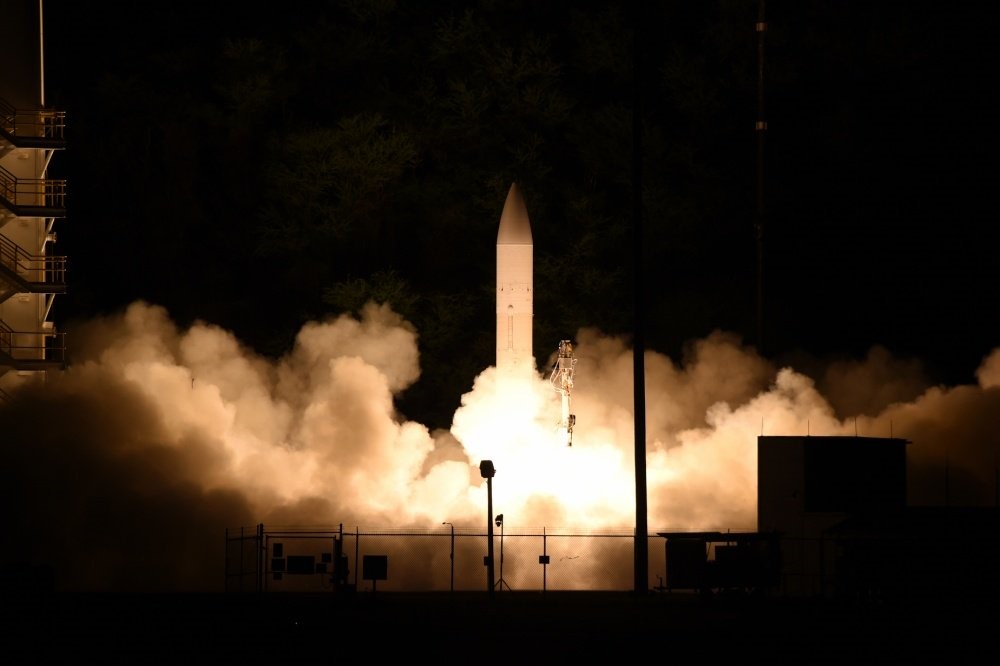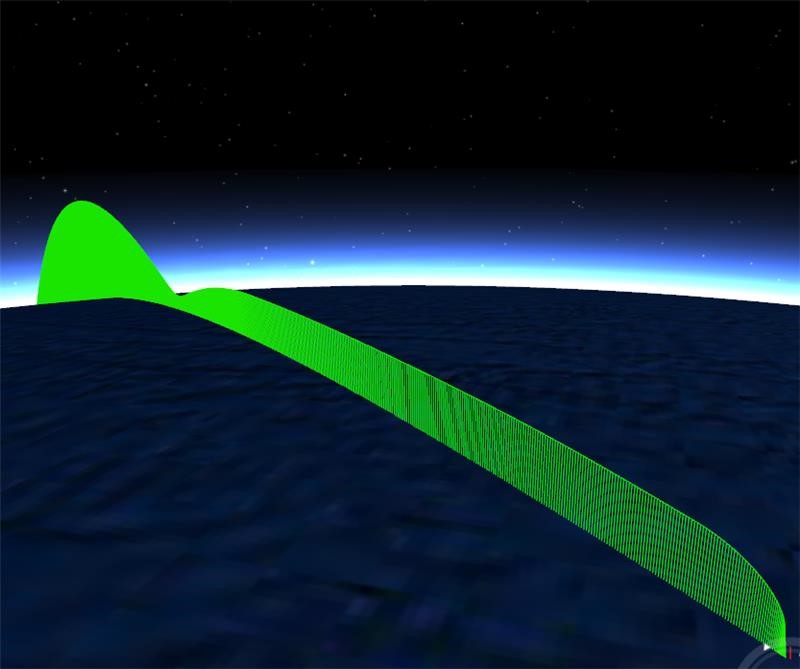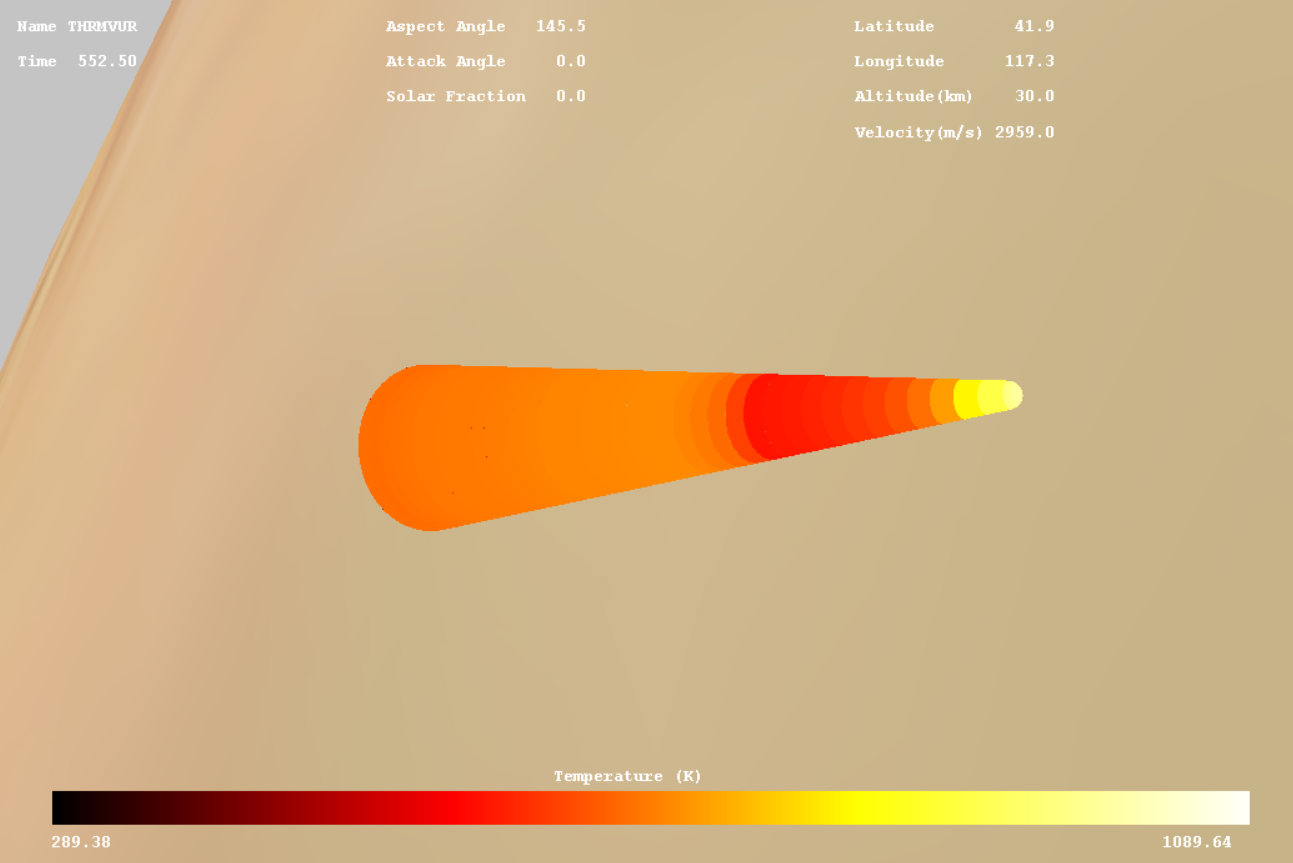Hypersonics
Since the early 2000’s, the Department of Defense (DoD) has pursued hypersonic weapons development as part of the Conventional Prompt Strike (CPS) Program; formally Prompt Global Strike (PGS). These efforts are accelerating in response to advances of global peer capabilities. Radiance is proud to be part of the accelerated effort to field both U.S. capability and counter threat hypersonic systems. We are part of the Army’s effort to field a land-based hypersonic missile. We also support efforts to understand and counter adversary capabilities.
Hypersonics represent a totally new class of missiles. Unlike traditional ballistic missiles with predictable trajectories, hypersonic missiles can maneuver at high speeds within the atmosphere, making their trajectory—and target—hard to ascertain. While hypersonics research dates back decades, it has been a focus of DoD efforts under the Conventional Prompt Global Strike Program since the early 2000s. Today, technological advances have matured to the point that operationalizing hypersonics have become reality. Near peer competitors are demonstrating initial capabilities in this area, and Radiance is proud to be a part of the National effort to develop and field this capability for the U.S. and develop countermeasures to address threat capabilities.
How Fast is Hypersonic?

Developing and fielding hypersonic missile capabilities is a top priority for the DoD and the Army. We are honored to be a part of this team through our work and support of the Army Hypersonics Project Office (AHPO). With expertise in various areas throughout the AHPO, we serve as an integral member of the team.

Launch of the recent hypersonics test conducted by the Navy-Army.
What Radiance is Doing
In addition to supporting multiple aspects of the AHPO and conducting technical intelligence of threat hypersonic capabilities, Radiance is also the lead developer for the hypersonics system integration laboratory (SIL) that supports HWIL testing. We use this lab in virtually all stages of end-to-end system development and life cycle analysis for unbiased end-to-end testing of the full command and control chain. The SIL allows nominal and off-nominal scenarios testing with different combinations of emulator, SWIL, and HWIL components, helping to reduce risk for live fire testing. Initial capabilities include interoperability testing between weapon systems and external assets including space-based sensors, analyzing pre/post-flight tests, integrating/testing system and system of systems, training the warfighter, and risk reduction activities.
In support to developing U.S. capabilities, we address the threat posed from threat hypersonic development activities. We apply these techniques to analyze and extensively evaluate new hypersonics capabilities that our national intelligence sources collect.
Radiance developed robust, automated analysis algorithms for detecting and tracking objects in streaming infrared data. We leverage these exciting capabilities to develop processing techniques for detecting and tracking hypersonic targets. We also investigate hypersonic vehicle characteristics through signature modeling and analysis to generate performance assessments.
We are also a member of a large major defense prime contractor team to develop the hypersonic community’s next generation sensing system. Our role includes applying our AI/ML technologies to track, characterize, and detect missile trajectories in real time.

SIL Visualization of Notional
Hypersonic Missile Glide Path Profile.

We utilize OSC to generate heat signatures of hypersonics systems.
What’s Next
Radiance is very much a part of the DoD concerted effort to both develop U.S. hypersonic capabilities and address threat developments. Our extensive missile, space, and computing background (both in SWIL/HWIL development and AI/ML) make us a key member of the Government efforts in this area.
